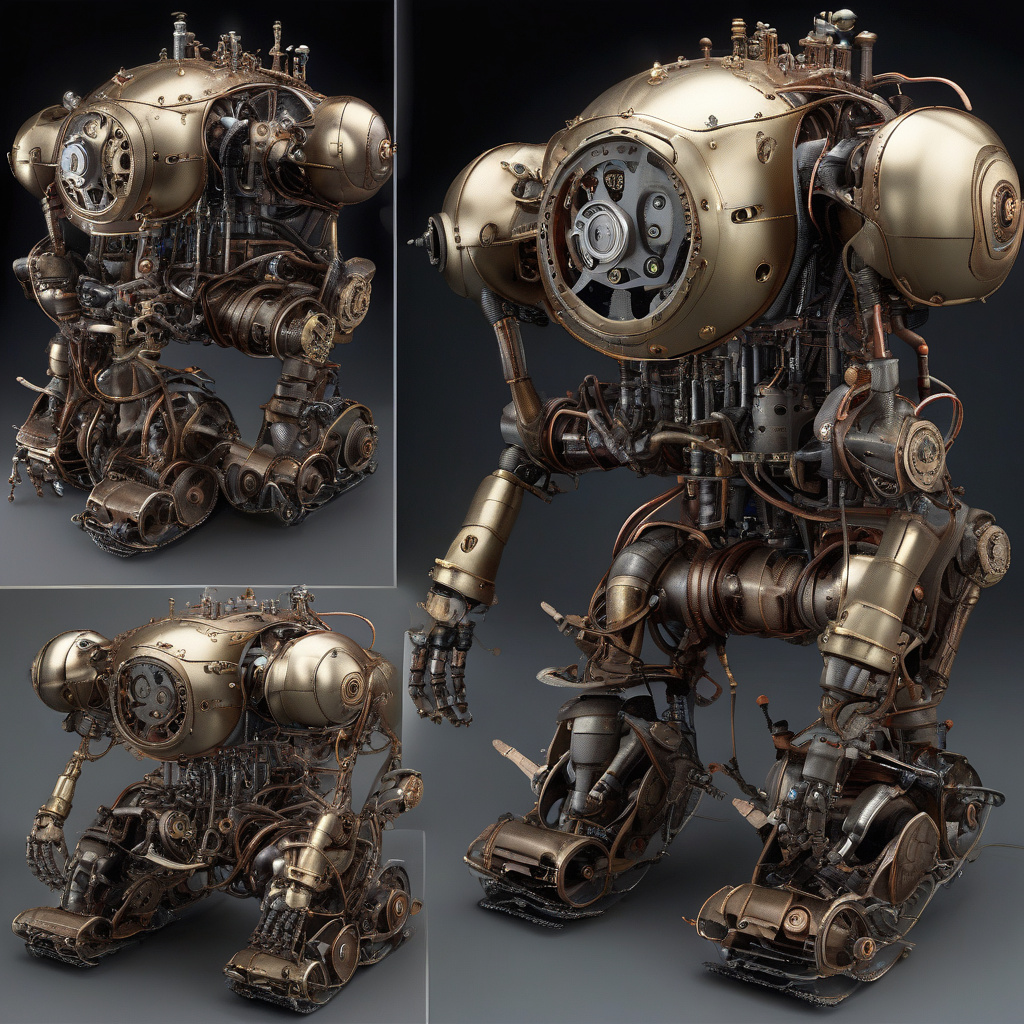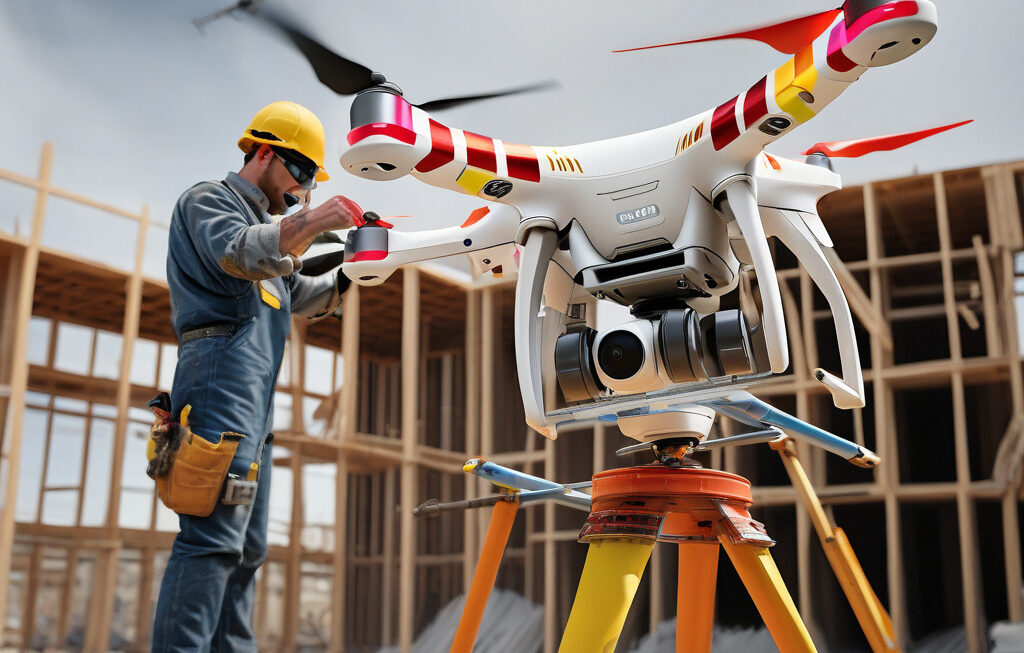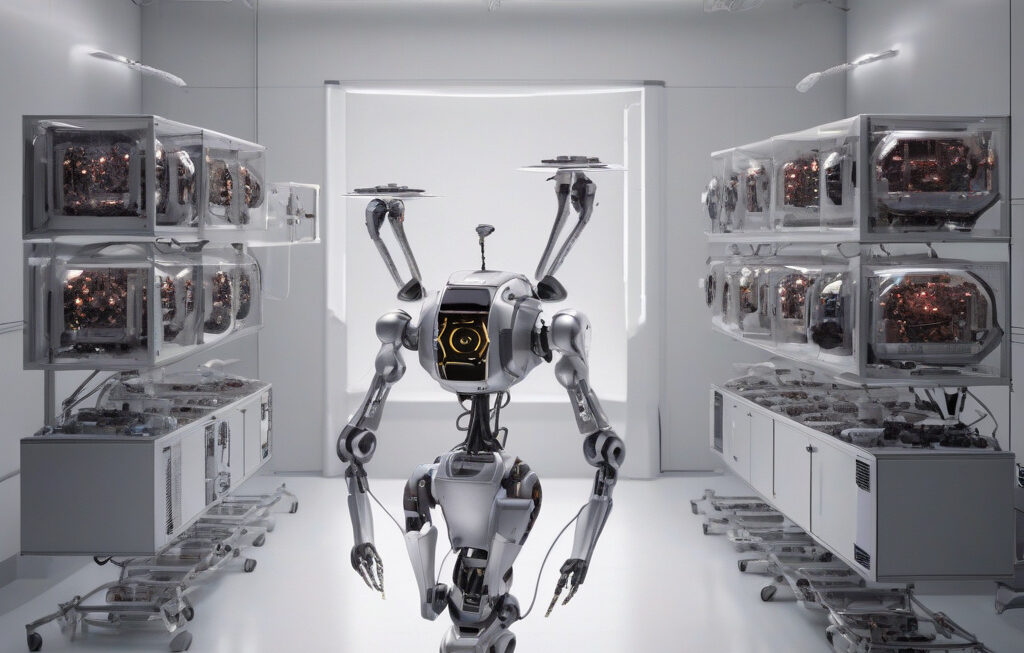Steam-powered robot generates 50 Newton force to crawl, grip, climb with ease
Portuguese researchers have developed a powerful technology that uses only water and heat to generate an impressive 50 Newton force, enabling a steam-powered robot to crawl, grip, and climb with remarkable ease. This groundbreaking innovation represents a significant leap forward in the field of robotics, offering a sustainable and efficient alternative to traditional power sources.
The concept of using steam power to drive machinery is not new, with steam engines having played a crucial role in the Industrial Revolution. However, the application of this age-old technology to the field of robotics opens up a world of possibilities. By harnessing the power of steam, researchers have been able to create a robot that is capable of performing a wide range of tasks with precision and agility.
One of the key advantages of the steam-powered robot is its versatility. Unlike robots that rely on electricity or batteries, this innovative creation can operate in a variety of environments without the need for complex recharging systems. By simply supplying it with water and heat, it can generate the power it needs to navigate rough terrain, grip onto surfaces, and climb obstacles with ease.
The use of steam power also brings environmental benefits, as it is a clean and sustainable energy source. With growing concerns about the impact of traditional power sources on the planet, the development of eco-friendly technologies like the steam-powered robot is a welcome step towards a more sustainable future. By reducing the reliance on fossil fuels and minimizing carbon emissions, this technology offers a greener alternative for powering robots and machinery.
In addition to its environmental advantages, the steam-powered robot also boasts impressive performance capabilities. The 50 Newton force it can generate enables it to exert significant power, making it ideal for tasks that require strength and precision. Whether it is crawling through tight spaces, gripping onto objects, or climbing vertical surfaces, this robot demonstrates a level of dexterity and power that is truly remarkable.
Furthermore, the potential applications of this technology are vast. From search and rescue missions in disaster zones to maintenance work in hazardous environments, the steam-powered robot could revolutionize the way we approach a variety of tasks. Its ability to operate in challenging conditions and perform complex maneuvers makes it a valuable asset in a wide range of industries.
As we look to the future of robotics, innovations like the steam-powered robot serve as a reminder of the power of creativity and ingenuity. By thinking outside the box and exploring unconventional solutions, researchers have been able to achieve remarkable feats in the field of robotics. The combination of simplicity, efficiency, and sustainability makes this technology a promising candidate for the next generation of robotic systems.
In conclusion, the development of a steam-powered robot capable of generating 50 Newton force represents a major milestone in the world of robotics. By harnessing the power of steam, researchers have created a versatile, efficient, and environmentally friendly technology that has the potential to revolutionize various industries. As we continue to push the boundaries of innovation, the steam-powered robot stands as a shining example of what is possible when we combine tradition with modernity.
robotics, steam power, innovation, sustainability, technology












